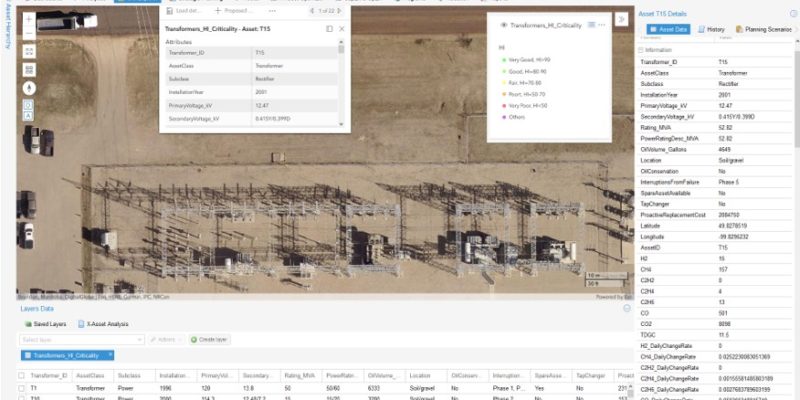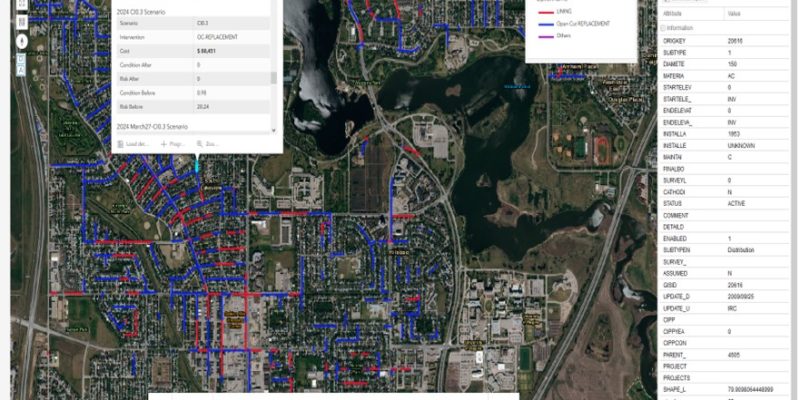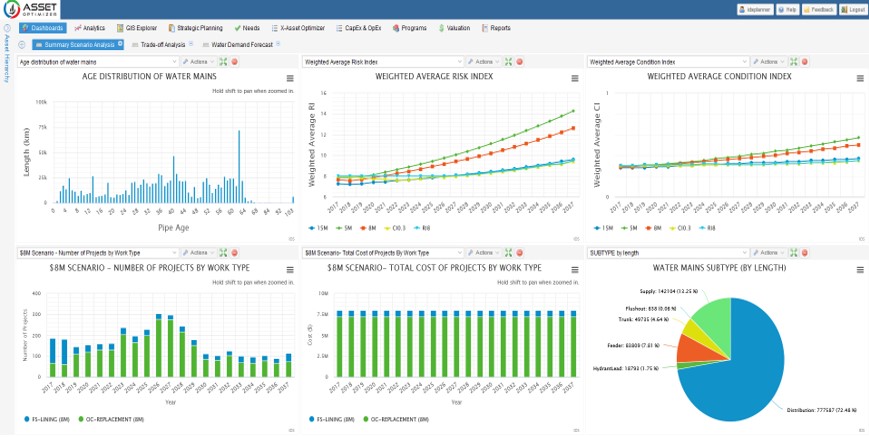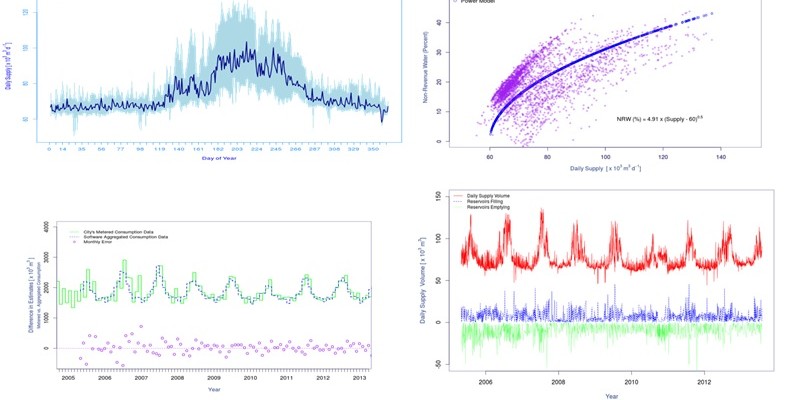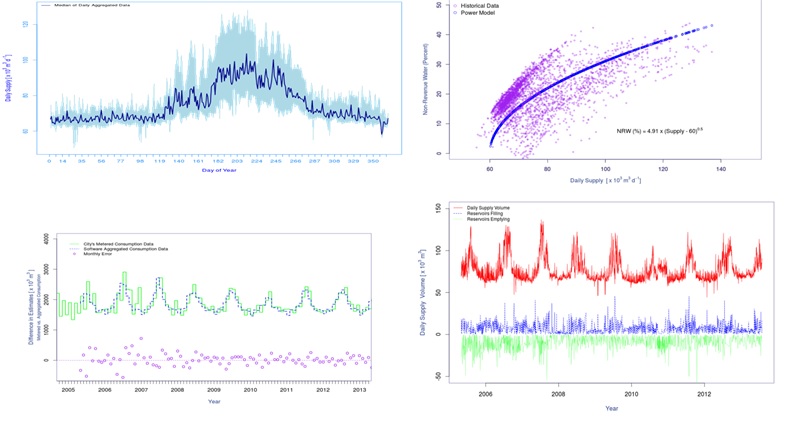Summary
Client: Shermco Industries, Canada.
Project: Optimization of Risk-Based 10-Year Asset Management Plan for Transformers in an Industrial Plant.
Using its flagship Asset OptimizerTM GIS-centered cloud-based software, IDS has worked with Shermco Industries to assess and forecast the Health Index for a portfolio of power transformers using inspection and testing results, build predictive and risk models, and develop optimal 10-year asset management plan.

Solution: Asset Optimizer
Asset OptimizerTM is uniquely positioned to meet the requirements for advanced decision analytics and asset management of electric assets. The software was used by IDS-trained Shermco staff to support detailed analysis of transformers inspection and test results, and the calculation of Health Indices considering a wide range of parameters such as dissolved gas analysis (DGA), oil quality, furan, power factor, load history, visual inspection, bushing condition, and age. Historical testing data was used to analyze historical performance trends and develop Weibull predictive models to forecast future performance and likelihood of failure of transformers. Criticality models were developed considering the consequence of a transformer failure with respect to safety, reliability, service interruption, and financial impact. Deterioration and criticality predictive models enabled accurate and reliable prediction of risks.
Cost and benefits models for two main interventions were defined: oil processing/refurbishment and transformer replacement. Multiple budget and performance target scenarios were then defined and used to generate optimal annual project lists that maximize system-level performance, minimize risk, and minimize lifecycle costs. Scenario trade-off analysis helped to quantify relationships between funding levels and performance and risk metrics, and enabled the development of optimized and defensible 10-year asset management plan for all transformers. Using a similar approach, lifecycle models and asset management plans for other electric assets, such as circuit breakers and conductors, can also be supported.


